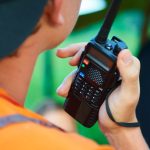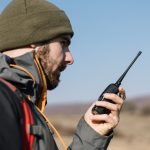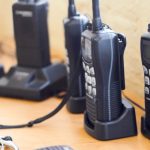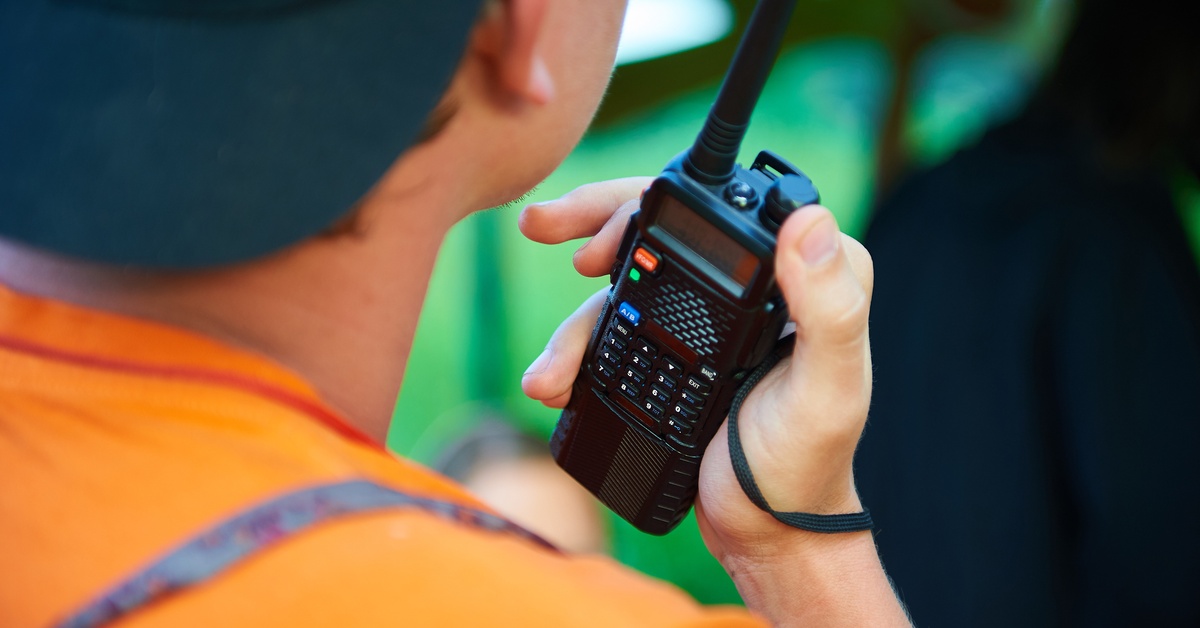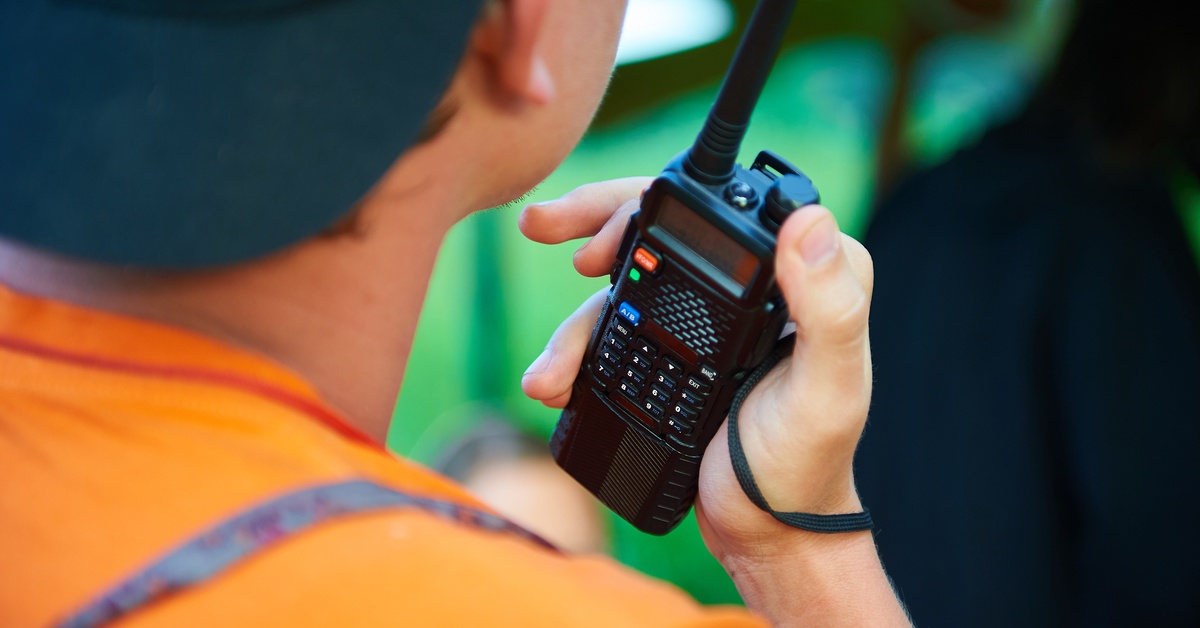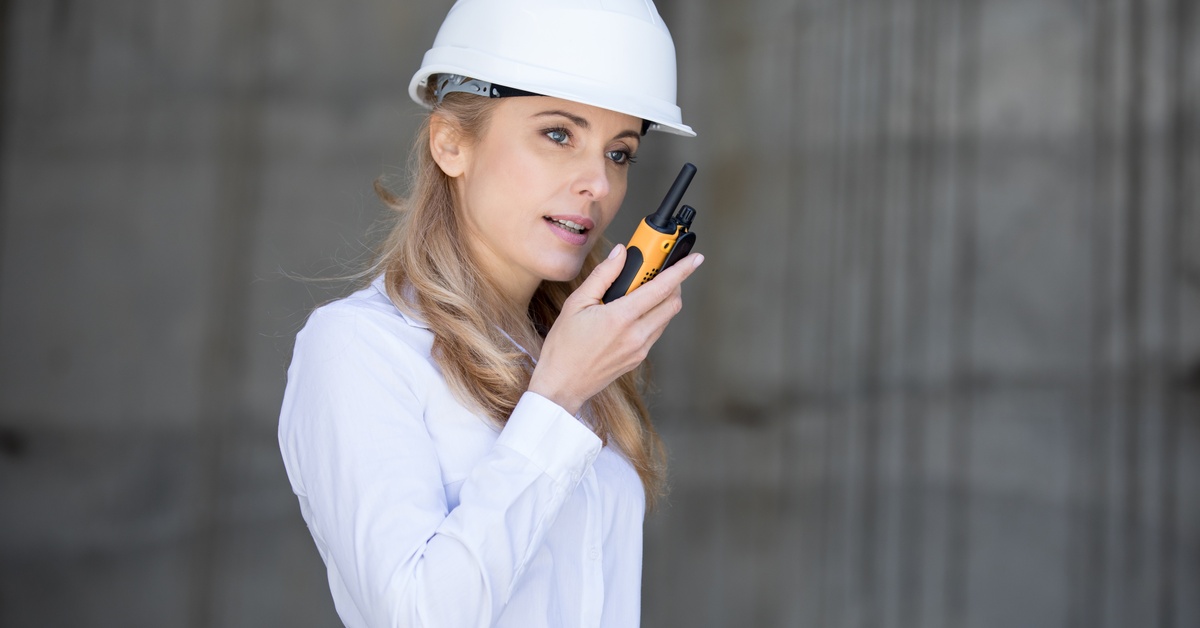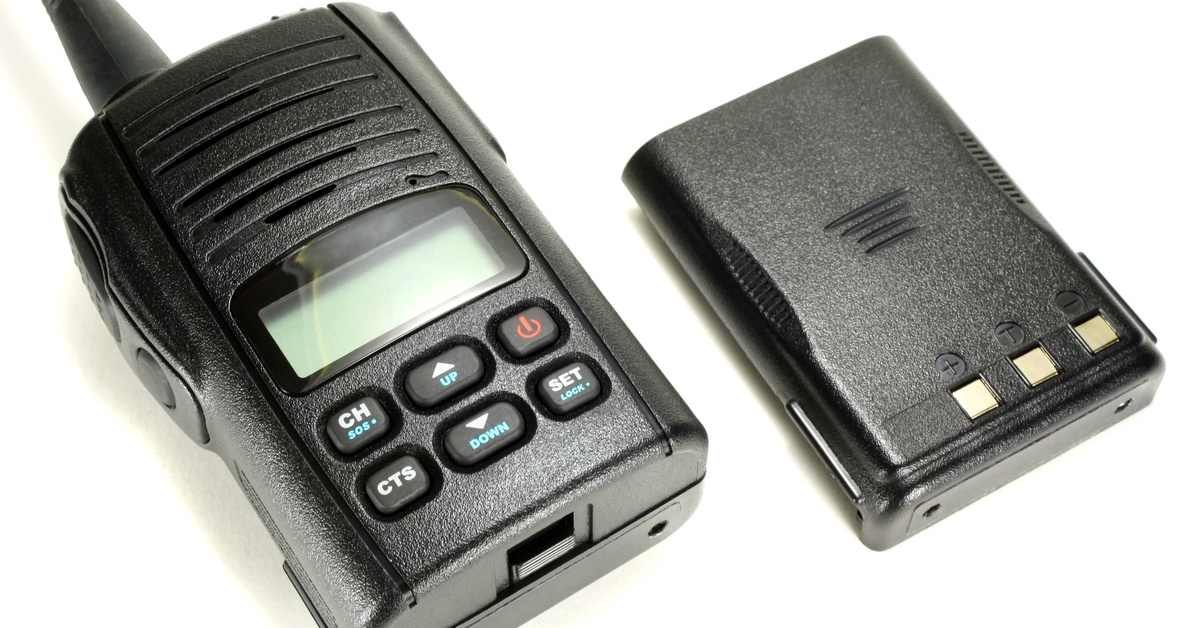Two-way radios are essential tools, whether you’re using them for professional communication, outdoor adventures, or emergency situations. A dependable two-way radio battery ensures consistent performance when you need it most. However, nothing disrupts your flow quite like a dead battery when you’re in the middle of an important task. Maximizing battery life is not just about avoiding inconvenience; it can extend the lifespan of your equipment, save on costs, and ensure that you’re always prepared.
Explore some essential hacks for making your two-way radio batteries last longer. From understanding battery types to adopting the right charging and usage practices, learn how to keep your radios powered and ready to perform.
Exploring the Different Types of Two-Way Radio Batteries
The first step in improving the longevity of your two-way radio battery is understanding the type of battery it uses. Two-way radios typically come with one of two common battery types, each with its own unique characteristics.
Nickel-Metal Hydride Battery
Nickel-metal hydride (NiMH) batteries are known for their affordability and eco-friendliness. These batteries are less prone to memory effect, meaning they don’t lose capacity as quickly when recharged before being fully depleted. However, NiMH batteries tend to have a lower energy density compared to some other options, which means they might not last as long in high-demand scenarios.
Lithium-Ion Battery
On the other hand, lithium-ion (Li-ion) batteries have a lightweight design and long runtime. They deliver consistent power and do not suffer from memory effect, making them easy to recharge at any level. While they tend to be more expensive upfront, their extended lifespan and efficiency often make them a preferred choice for heavy-duty applications.
Understanding the type of battery your two-way radio uses will help you tailor your approach to care and maintenance. It also informs how you handle charging, storage, and usage to get the best performance and longevity out of your equipment.
Best Practices for Charging Your Batteries
How you charge your two-way radio battery can make or break its lifespan. Charging it properly ensures that you have enough power when you need it and prevents wear and tear that can shorten the battery’s life.
Avoid Overcharging
Start by avoiding overcharging. When you connect a battery to the charger for too long, it can overheat and degrade the internal components. If your charger doesn’t have an automatic shut-off function, set a timer so you remember to disconnect the battery once it’s fully charged.
Charge at Room Temperature
Charging at room temperature is another critical factor. Extreme heat or cold can cause chemical imbalances within the battery, diminishing its capacity over time. Keeping your charging environment between 50°F and 77°F is ideal for optimal performance.
Fully Discharge NiMH Batteries
Additionally, resist the urge to charge your battery when it’s still half full. For NiMH batteries, fully discharge the battery before connecting it to a charger. This strategy ensures a healthier recharge cycle. For Li-ion batteries, however, smaller top-up charges are fine and won’t harm performance.
By keeping these practices in mind, you can prevent unnecessary battery degradation while getting the most out of every charge.

Smart Storage Techniques for Longer Battery Life
Proper storage is one of the most overlooked aspects of extending battery life. When you’re not using your two-way radios and their batteries, how and where you store them can significantly affect their long-term durability.
Cool, Dry Place
Start by storing batteries in a cool, dry place. Extreme humidity or temperature fluctuations can cause irreversible damage to the battery’s internal components. A climate-controlled space, away from direct sunlight and moisture, is ideal. Avoid leaving batteries in vehicles or outdoor environments, as these areas often experience temperature extremes.
Partial Charge Storage
Partial charge storage works best for most battery types, especially Li-ion models. Instead of leaving your batteries fully depleted or completely charged, you should aim to store them at around 50 percent charge. This helps prevent strain on the battery while it’s idle.
Occasional Cycling
For NiMH batteries, occasional cycling is beneficial. This involves periodically discharging and recharging them while in storage to maintain their capacity. If you’re storing your two-way radio with the battery installed, make sure to power it off. This step prevents slow energy drains, which can wear out your battery over time.
Usage Habits To Conserve Power
Daily usage habits play a critical role in determining how long your two-way radio battery will last during each cycle. Small adjustments can have a huge impact on your battery’s performance.
Turn off Unnecessary Features
Start by turning off unnecessary features when they’re not in use. Many modern two-way radios come with advanced functionalities like GPS, voice activation, and LED lights. While convenient, these extra features consume a significant amount of power. Switching them off when they’re not essential can conserve battery life for longer periods.
Communicate Efficiently
Use efficient communication protocols. Frequent channel scanning or long, drawn-out transmissions can drain your battery faster than necessary. Instead, keep your transmissions concise and minimize time spent searching multiple channels. When possible, coordinate communication during set intervals rather than keeping the radio powered on continuously.
Lower Volume Settings
Lowering volume settings is another effective strategy. Loud audio output can accelerate power consumption, especially when used in noisy environments. By keeping your volume at manageable levels, you can greatly extend battery life.

Maintenance for Optimal Performance
Regular maintenance is key to optimizing the lifespan of both your two-way radio and its batteries. By keeping your equipment in top condition, you’ll ensure better performance and reduce the likelihood of battery-related issues.
Routine Cleaning
Start with routine cleaning of the battery contacts. Dirt, dust, and debris can accumulate and create poor connections between the battery and the radio. Use a clean, dry cloth or an alcohol wipe to gently clean the contacts, ensuring efficient energy transfer.
Inspect Your Batteries
Inspect your batteries periodically for signs of damage or swelling. A bloated or leaking battery can be a safety hazard and is a clear indicator that it’s time for a replacement. Dispose of these batteries responsibly and replace them with manufacturer-approved options.
Update Firmware
If your two-way radio has firmware, be sure to stay on top of updates. Manufacturers often roll out updates to improve power efficiency. This simple step can have an indirect but noticeable effect on your battery performance.
Handle With Care
Always handle your batteries with care. Avoid dropping, puncturing, or exposing them to water. Treating them gently ensures a longer functional life and reliable performance.
Prolong Your Two-Way Radio Battery Life Today
Proper care, usage, and maintenance of your two-way radio batteries can save you time, money, and frustration. By understanding the hacks for making your two-way radio batteries last longer, you’ll maximize their lifespan and ensure optimal performance.
At Battery Distributors, we know that a reliable two-way radio battery is crucial, whether you’re on the job, exploring the great outdoors, or simply staying connected. We carry battery replacements from a wide variety of high-quality brands, including Motorola APX 4000 battery replacements, to effectively power your communication devices. Enjoy extended battery life and efficiency for your two-way radios today!



